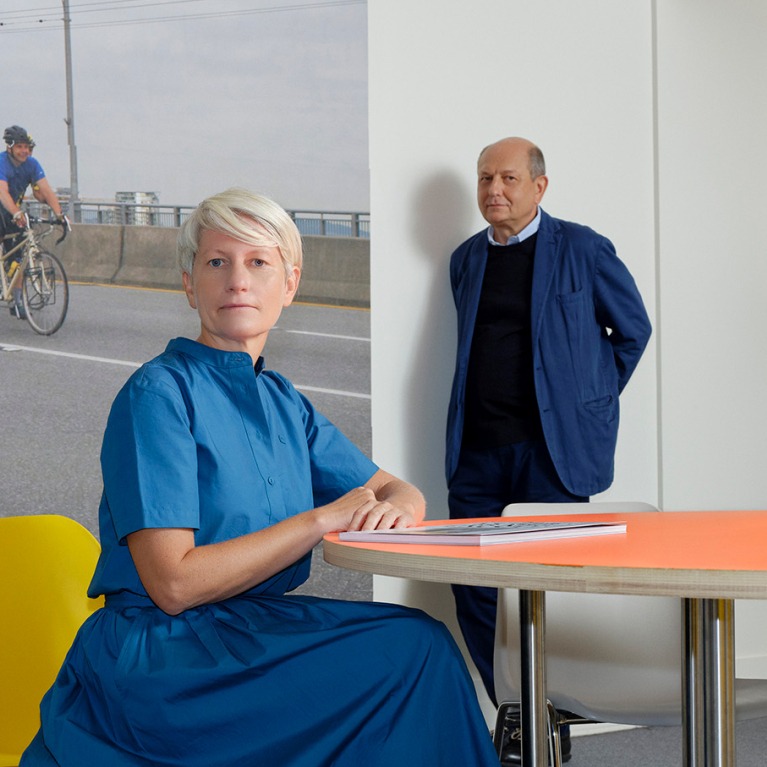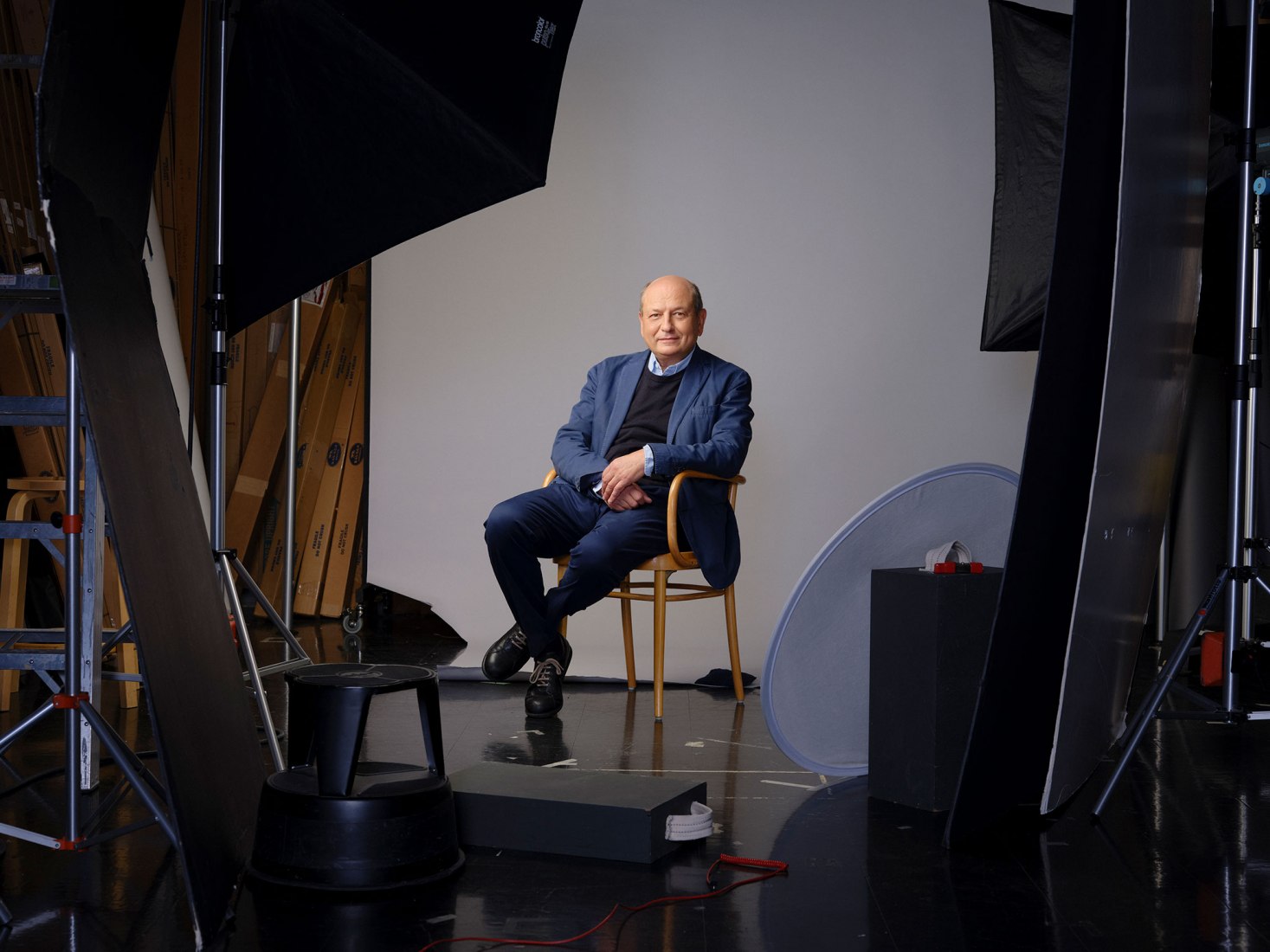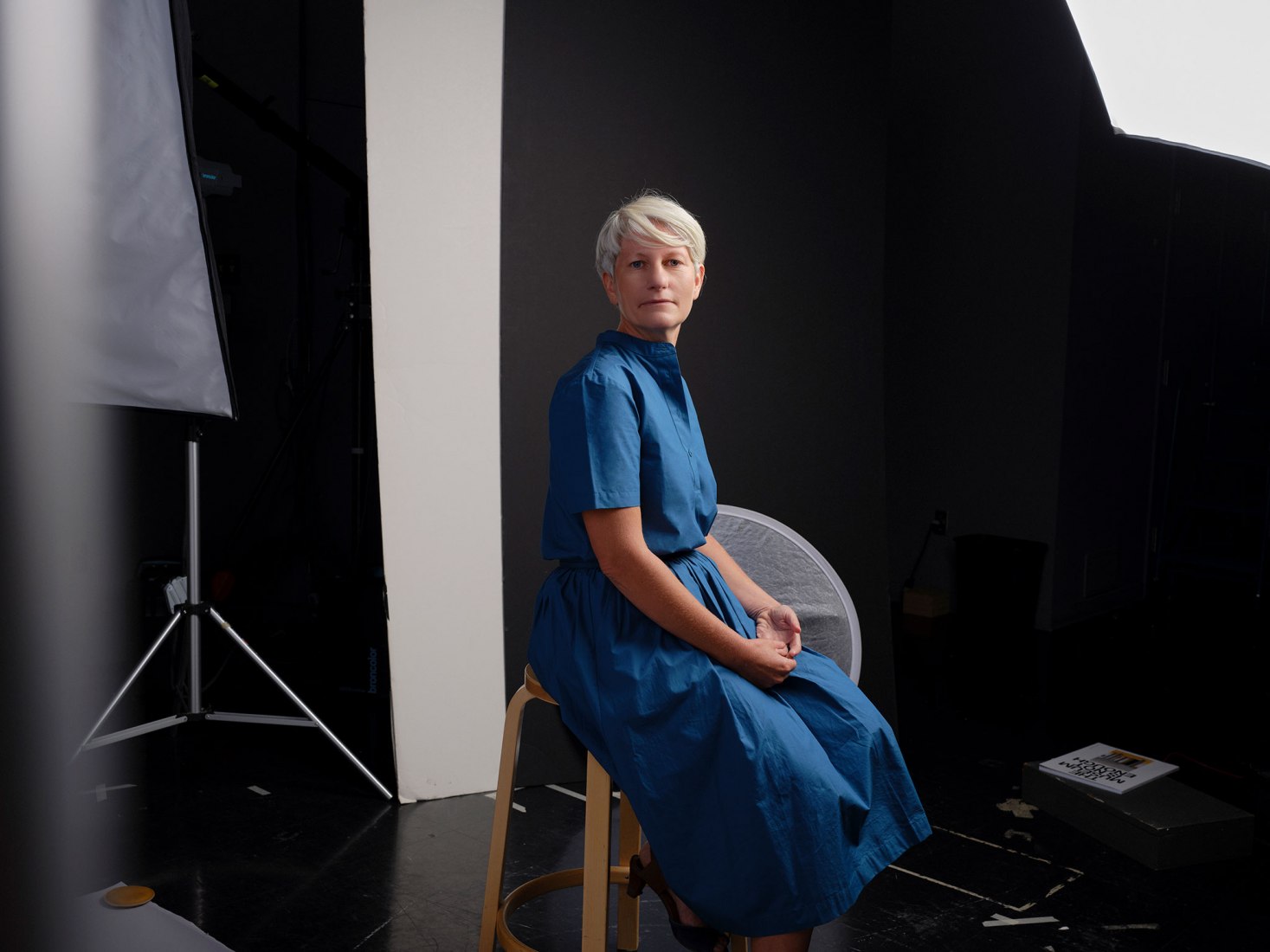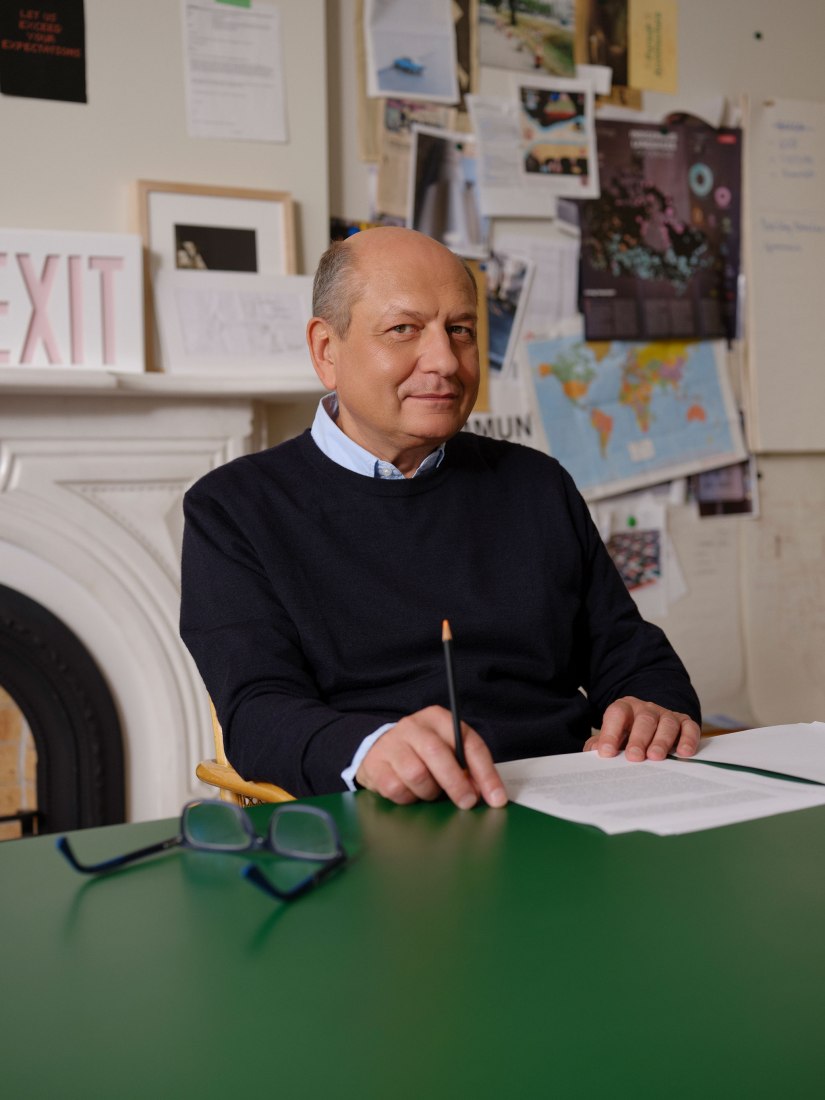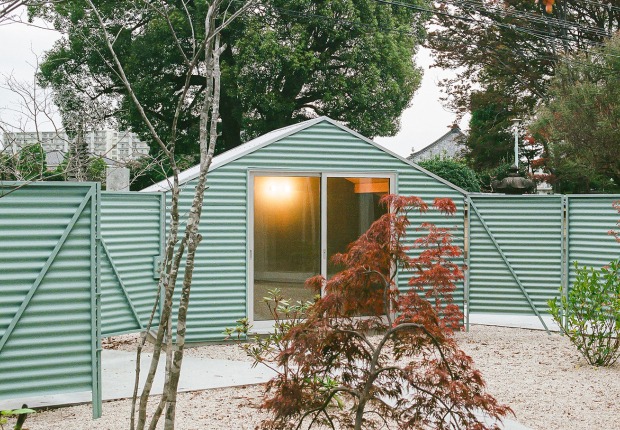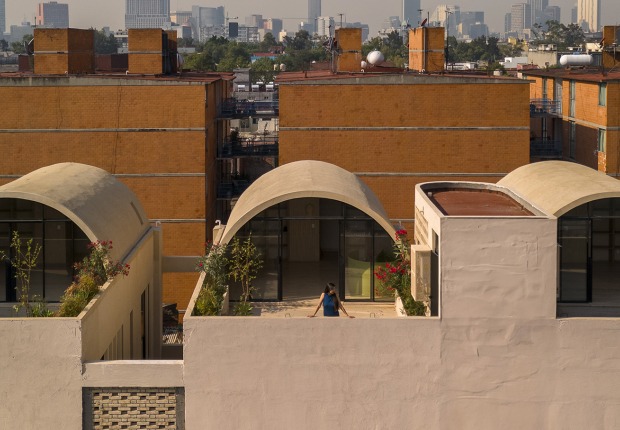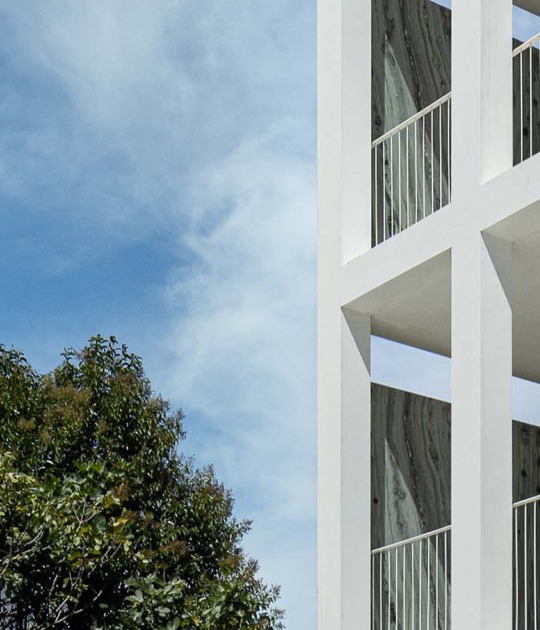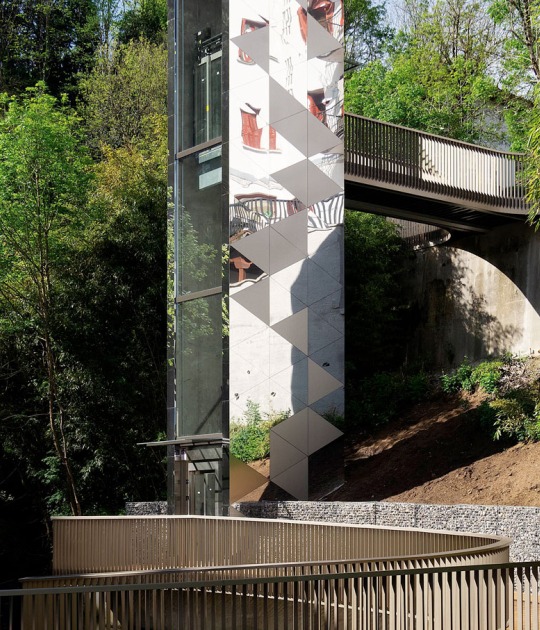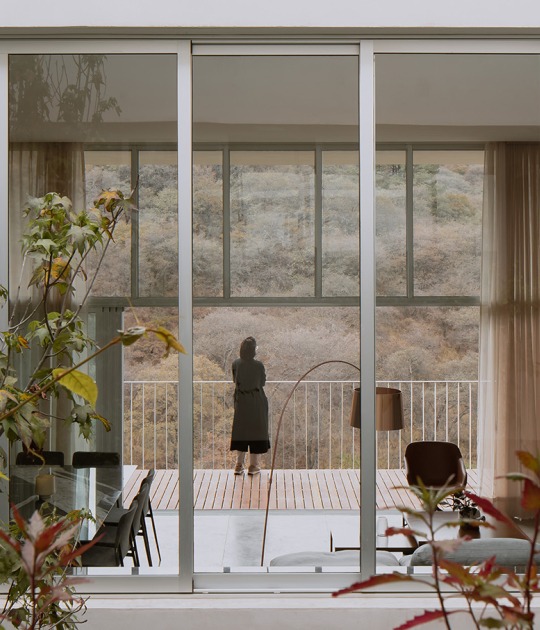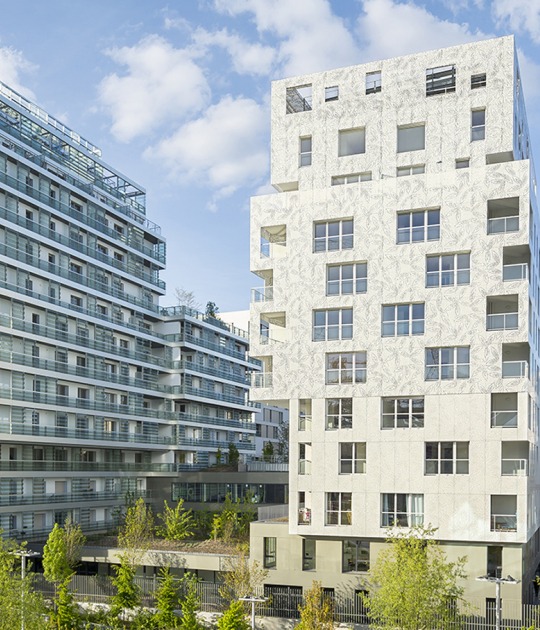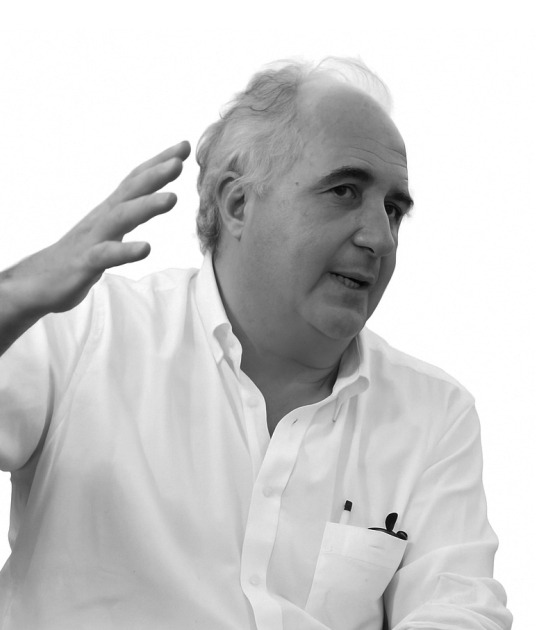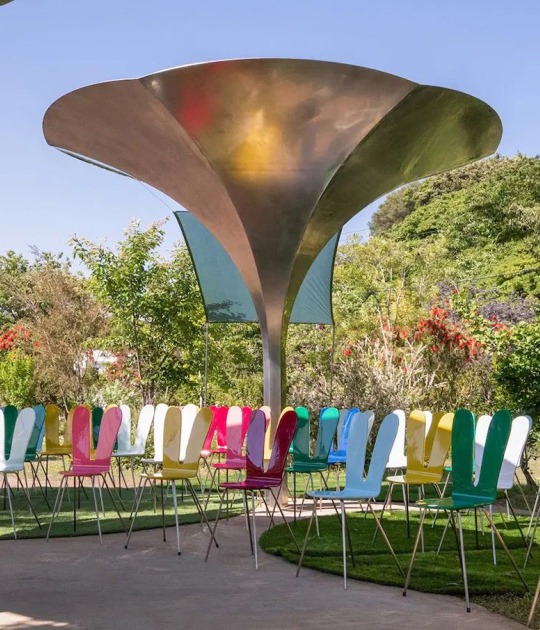Founded in 1979 by
Phyllis Lambert, the
Canadian Centre for Architecture has pursued its mission of making architecture a public concern for 40 years. As a center for research in the field as well as a public museum with a singularly extensive collection, the institution is recognized nationally and internationally for its incisive voice in the discourse on the built environment. Marking a change in leadership, Mirko Zardini will step down as Director at the end of December 2019, after leading the CCA for nearly 15 years.
“The CCA will continue to grow its intellectual field, building on the critical excellence and impact that has been developed under the directorship of Mirko Zardini. I am very excited to have the opportunity to work with our next director, Giovanna Borasi, who has been integral to the curatorial vision of the CCA as its Chief Curator.”
Bruce Kuwabara, Chair of the Board of Trustees has announced that Giovanna Borasi will assume the directorship in January 2020
During this time, the organization's emphasis on archival work has also expanded, as have CCA's archival holdings themselves. CCA now hosts a collection of important works, including the archives of Pritzker Prize winning architect
Álvaro Siza Vieira, Spanish architects
Ábalos & Herreros, and architectural historian
Kenneth Frampton.
Reflecting on his tenure as director, Zardini commented,
“I never aspired to become 'director' of anything, per se, but I couldn't resist the challenge of assuming this position and the possibility of activating the CCA as an engine for exploration and research at the forefront of architectural thinking and practice. My aim has always been to advance new and different questions within the scope of the institution's core mission to raise public awareness of the role of architecture in contemporary society, and to establish a new platform from which to articulate an agenda for architecture in the 21st century. This involved transforming the CCA into the provocative and imaginative institution Phyllis Lambert originally envisioned. My directorship would not have been possible without her support, and my goals for the institution could never have been realized without the expertise and sustained commitment of the CCA team over these many years. Intellectual collaboration among the network of architects, urban and landscape designers, historians, and critics who share our values and generate new ideas has been equally indispensable, and likewise the enormous generosity of architects who decided to donate their archives to the CCA.”
Phyllis Lambert sees this moment of transition in leadership at the CCA as confirmation of vital continuity, affirming the institution's underlying mission through acknowledgment of its past and present projects while at the same time opening the way for new priorities that will unfold and inform the CCA's agenda for decades to come, ensuring that it remains one of the most relevant platforms and voices in the international conversation on architecture and the built domain.
“Mirko upheld my original mission and then took it further by transforming the model of research at the CCA, strategically growing its collection, diversifying its audience, and taking bold strides into the digital realm. Throughout his tenure, he and Giovanna Borasi worked to create and contribute to contemporary research and debate on architecture. I join my fellow members of the Board of Trustees of the CCA in thanking Mirko for his many years of inspired leadership, and I look forward to the new ideas and inquiries Giovanna will bring to the table as she takes the helm of the institution.”
